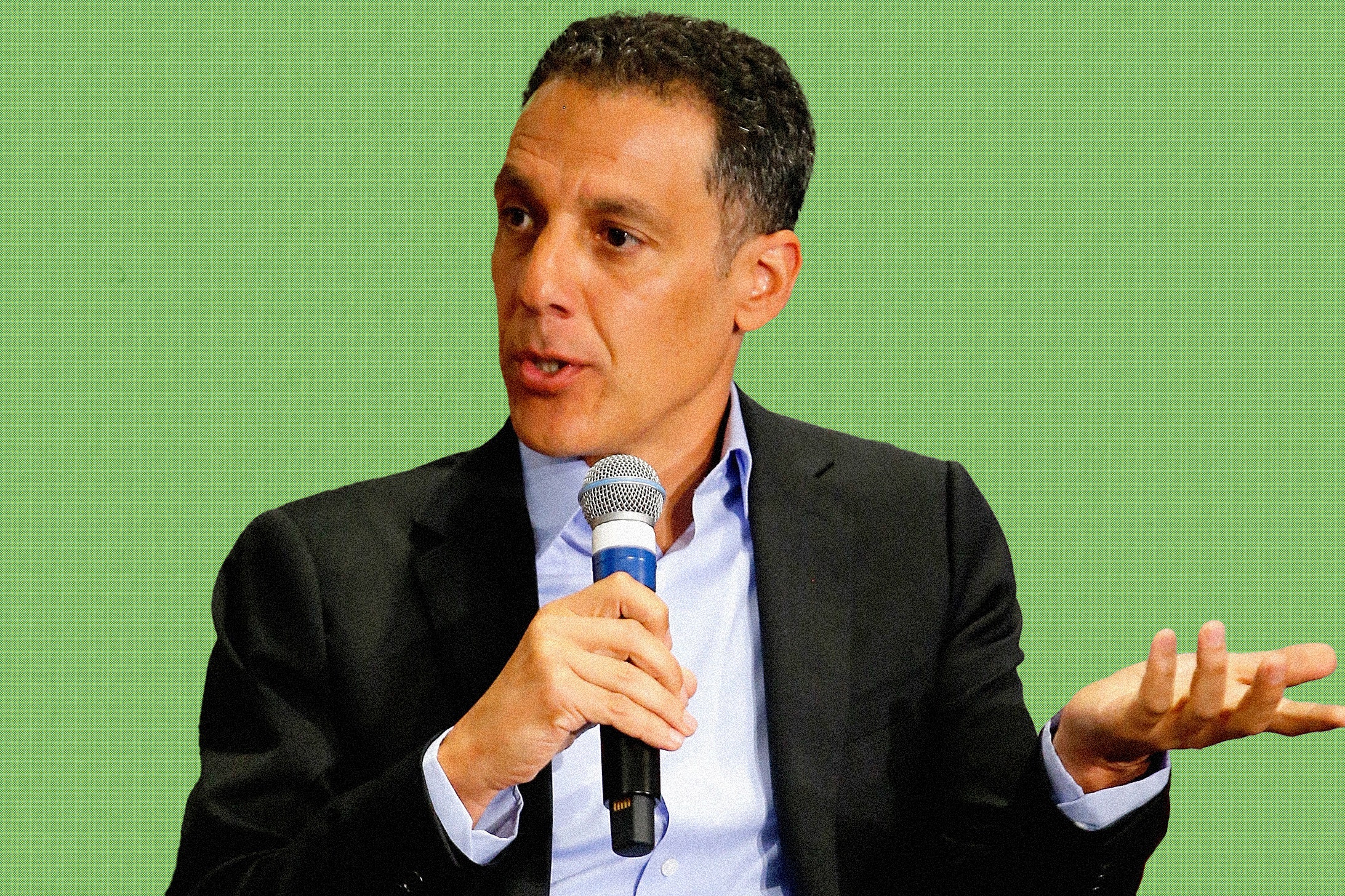Scientists believe that pieces of an ancient Mars-sized planet known as Theia may be buried deep within Earth’s mantle close to the core, following an ancient collision between the two worlds that gave rise to the formation of the moon.
The planets of our solar system bear myriad scars that speak to a history of unimaginable cosmic violence. Mercury’s cratered face was sculpted from countless milenia of asteroid strikes, while Uranus spins at a 97 degree tilt relative to the Sun’s orbital plane, as a result of a collision with an unknown planetoid long ago. Earth has also been subjected to countless acts of cosmic aggression, the greatest of which is thought to have occurred some 4.5 billion years ago, when our nascent planet was struck by an ancient world known simply as Theia.
Earlier research has shown that the collision could have occurred with enough force to turn both the impactor and a huge chunk of our planet's outer layers into a mass of flowing molten debris. Much of this matter was thrown into orbit by the impetus of the impact, only to be drawn back towards our shattered planet soon after. However, a huge chunk of the material remained in orbit, where it would eventually coalesce to form the Moon that we observe today.
First-ever: We've identified a new astronomical object, 'Buried Planet', using SEISMOLOGY, rather than telescopes. It's a survivor of Theia, the planet that collided with Earth 4.5 billion years ago to form our Moon. See our @Nature cover paper: https://t.co/ILvMStRA4V pic.twitter.com/80G5VWgoZY
— Qian Yuan (@qianyuan_geo) November 1, 2023
A new set of computer simulations modelling the impact supports the idea that two continent-sized masses of material buried deep beneath Earth’s surface may in fact be remnants of ancient Theia. The blobs - which are located under modern day Africa and the Pacific Ocean - were first discovered in the 1980s, and were dubbed large low-velocity provinces (LLVPs) owing to the fact that seismic waves were observed to travel slower as they passed through the strange masses.
This in turn suggested that these pockets may have a different composition, and a higher density than the surrounding matter that makes up the bulk of Earth’s mantle, which is the section between our planet's upper core, and and its lower crust.
According to the findings of the new study, which was led by scientists from the California Institute of Technology, and published in the journal Nature, Theia may have struck Earth with enough force to fully melt the upper portion of Earth’s mantle, while leaving the lower half of our planet largely solid. During this chaotic process, Earth could have acquired around 10 percent of Theia’s mass, which would account for the enormous size of the strange deposits detected in Earth’s mantle in the present day.
The relative density of the part molten, part solid Theia matter may have caused this captured material to quickly descend through the bulk of our damaged planet, until it reached the boundary separating Earth’s core from the mass of the mantle above. Over time, more of Theia’s matter would accumulate, and settle into two vast thermochemical deposits that would evolve to echo what geologists see today with the LLVPs.
Whilst the new computer simulations are far from conclusive, they do strengthen the theory that the LLVPs are indeed chunks of an ancient world buried deep within Earth’s mantle. Next up, the team hope to examine how the introduction of this alien material could have altered Earth’s evolutionary journey, and aided in the formation of Earth’s first continents. The scientists also hope to test their theory by comparing their theory to samples of the Moon's mantle, which is thought to have been partially formed from Theia.
Anthony is a freelance contributor covering science and video gaming news for IGN. He has over eight years experience of covering breaking developments in multiple scientific fields and absolutely no time for your shenanigans. Follow him on Twitter @BeardConGamer
Image Credit: Hernán Cañellas, CalTech








